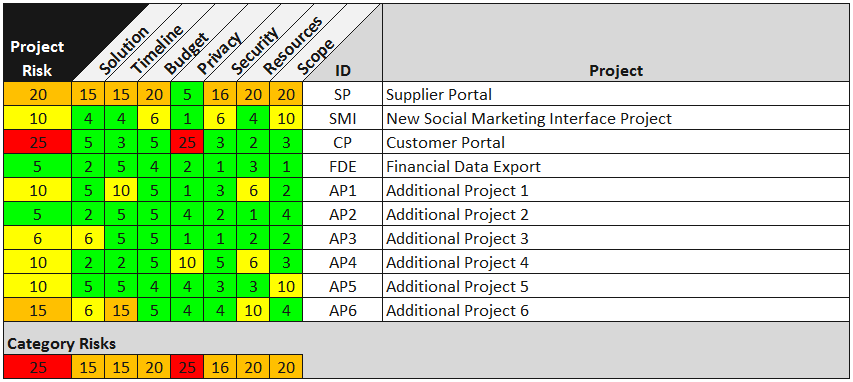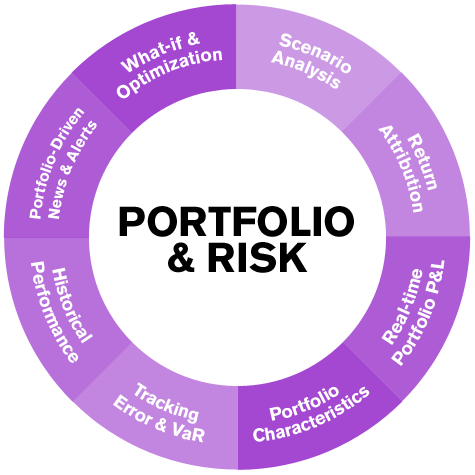Portfolio Risk
Post on: 30 Май, 2015 No Comment

To know whether you’ve made a good investment, you need to know more than just the return you’re expecting to make. You also have to understand exactly how much risk you’re taking on — and what your prospective losses could be if things go wrong .
Measuring risk, however, is a bit harder than measuring performance. While performance looks solely at what actually happened to your portfolio, risk measurements also try to incorporate what could have happened — even if everything turned out fine in the end. Therefore, the math behind risk calculations is a little more complicated than figuring your total return.
So how do you know how risky your portfolio is? The key is to look at how your portfolio value changes over time.
Avoiding volatility
The underlying assumption behind risk-adjusted returns is that most investors prefer smooth, steady price appreciation over bumpy up-and-down stock moves. This basic axiom of modern portfolio theory explains why so many investors choose stocks: Even though stocks rise and fall constantly and are therefore relatively risky, they offer higher returns on average than less volatile investments such as cash and short-term bonds.
One place to start is by looking at the standard deviation of your portfolio’s returns. If you invest in mutual funds, you don’t have to do any calculations: Morningstar provides a standard deviation figure based on monthly returns over the past three years. For a portfolio of individual stocks, on the other hand, you’ll have to go back over your brokerage statements and enter returns individually on a spreadsheet.
Either way, looking at standard deviations of different investments gives you an approximation of how risky they are compared to each other. Yet by itself, that figure isn’t very useful — you may be perfectly comfortable taking on additional risk as long as your returns adequately compensate you for it. To incorporate returns into the equation, you can go one step further and look at a special value called the Sharpe ratio.
Sharpen your pencils
The Sharpe ratio starts by looking at what low-risk investments such as Treasury bills pay. Because their returns aren’t very volatile, these low-risk investments serve as a baseline for comparing riskier assets, such as stocks. By measuring how much extra return you earn in volatile investments, you can see whether you’re getting the most return for the risk you’re assuming.

For instance, if Treasury bills pay 2% and your fund earns an average of 6% with a standard deviation of 8%, then your Sharpe ratio is:
(6%-2%) / 8% = 0.5.
You can then compare your Sharpe ratio to a common benchmark, such as an S&P 500 index fund, to see whether the risk you’re taking on makes sense. The larger the Sharpe ratio is, the better the risk-to-reward trade-off.
Different types of assets
To see how this works in action, it’s useful to look at some common investments to see how they score. Here are a few asset classes:














